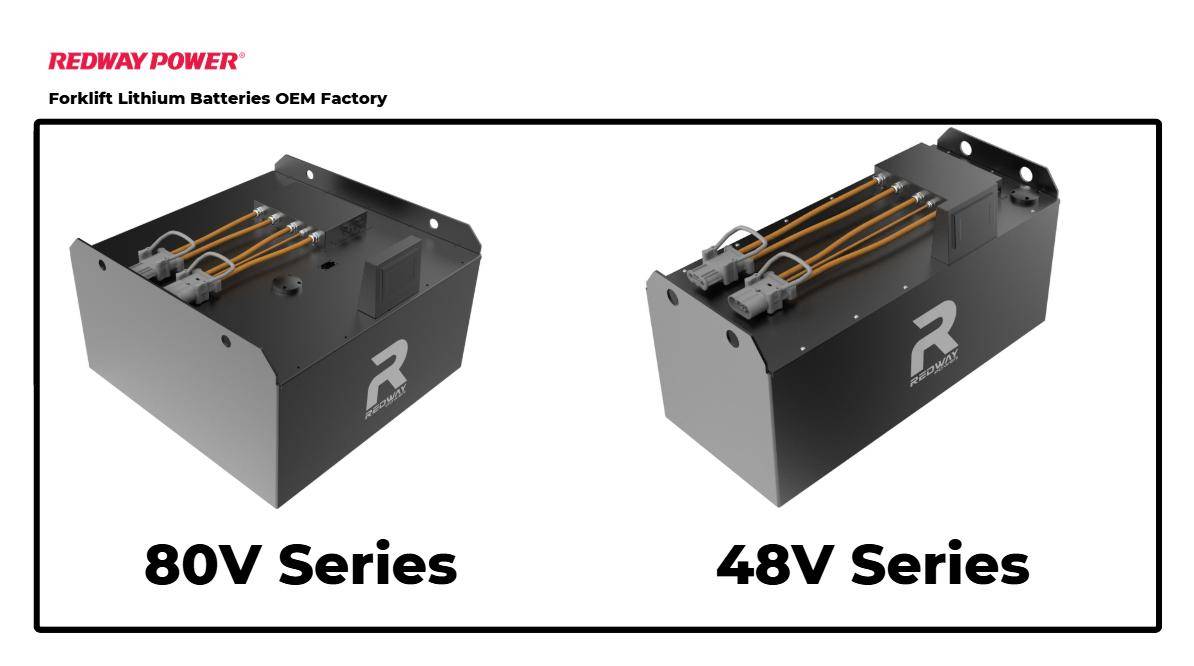
Blog
What Charging Solutions Exist for Electric Forklifts?

Electric forklifts rely on various charging solutions to maintain operational efficiency. These include conventional chargers, fast chargers, opportunity charging systems, and automated battery swap systems, each designed to meet specific operational needs while maximizing battery life and performance.
What Types of Forklift Battery Chargers Are Available?
Forklift battery chargers come in several types, including conventional chargers, fast chargers, and opportunity chargers. Conventional chargers are standard and slower, while fast chargers provide quicker charging times. Opportunity chargers allow for charging during breaks, maximizing uptime and efficiency in operations.
Chart Title: Types of Forklift Battery Chargers
| Charger Type | Description | Ideal Use Case |
|---|---|---|
| Conventional | Standard charging with longer duration | Overnight or scheduled downtime |
| Fast | Rapid charging capabilities | Short breaks or high-use environments |
| Opportunity | Charges during idle times | Continuous operations with minimal downtime |
How Do Fast Chargers Work Compared to Conventional Chargers?
Fast chargers operate by delivering higher current levels, significantly reducing charging time, often to 20-30 minutes. In contrast, conventional chargers use lower currents and take longer to charge batteries fully. Fast charging is ideal for operations requiring quick turnaround times between shifts.
Chart Title: Fast vs. Conventional Charger Performance
| Feature | Fast Charger | Conventional Charger |
|---|---|---|
| Charge Time | 30 minutes to 1 hour | 6 to 8 hours |
| Power Output | High (up to 100A or more) | Low (typically below 40A) |
| Ideal Use | Multi-shift operations | Overnight or low-use applications |
What Is Opportunity Charging and Its Benefits?
Opportunity charging involves charging forklift batteries during short breaks or downtime, utilizing high-current chargers. This method reduces overall downtime, eliminates the need for battery swaps, and maximizes productivity, making it particularly beneficial for multi-shift operations.
How Can You Choose the Right Charger for Your Operation?
To choose the right charger, consider your forklift battery type, voltage requirements, and operational needs. Evaluate factors such as charging speed, frequency of use, and available space for charging equipment. Consulting with a supplier can help identify the best fit for your specific application.
How Do Modern Charging Solutions Enhance Efficiency?
Modern charging solutions enhance efficiency through advanced technologies like high-frequency charging and intelligent battery management systems. These innovations reduce energy consumption, optimize charging cycles, and improve battery health, leading to increased productivity and lower operational costs.
Chart Title: Benefits of Modern Charging Solutions
| Benefit | Description |
|---|---|
| Enhanced Efficiency | Optimizes energy use during charging |
| Extended Battery Life | Prevents overcharging and manages temperature |
| Real-Time Monitoring | Provides insights into battery health |
How Do Automated Battery Swap Systems Work?
Automated battery swap systems facilitate quick battery changes without manual intervention. Forklifts drive into designated stations where robots or automated systems remove depleted batteries and insert fully charged ones. This process minimizes downtime and maximizes operational efficiency in high-demand environments.
What Are the Environmental Impacts of Different Charging Solutions?
Different charging solutions have varying environmental impacts. Fast and opportunity charging can lead to increased energy consumption but reduce battery waste by extending lifespan. Sustainable practices such as using renewable energy sources for charging can further mitigate environmental effects associated with forklift operations.
How Can Wireless Charging Technology Be Integrated into Operations?
Wireless charging technology is emerging as a convenient solution for electric forklifts, allowing them to charge without physical connections. This innovation simplifies the charging process and can be integrated into existing workflows by placing inductive pads in strategic locations throughout facilities.
Expert Views
“Adopting advanced charging solutions is crucial for maximizing forklift efficiency while minimizing operational costs. The future lies in smart technology that not only charges but also monitors battery health,” states an expert from Redway.
Conclusion
Understanding the various charging solutions available for electric forklifts is essential for optimizing operational efficiency and reducing costs. By evaluating options such as fast chargers, opportunity charging systems, and automated battery swaps, businesses can enhance productivity while ensuring their electric forklifts remain powered effectively.
FAQs
- What are the benefits of using fast chargers for electric forklifts?
Fast chargers significantly reduce downtime by allowing quick recharges during breaks, making them ideal for high-demand environments where continuous operation is essential. - How does opportunity charging work?
Opportunity charging enables forklifts to recharge during idle times or breaks without interrupting operations, maximizing equipment usage while minimizing the need for multiple batteries. - What factors should be considered when choosing a charger?
When selecting a charger, consider usage patterns, battery types, facility infrastructure, charge time requirements, and whether your operation can accommodate fast or opportunity charging solutions.



